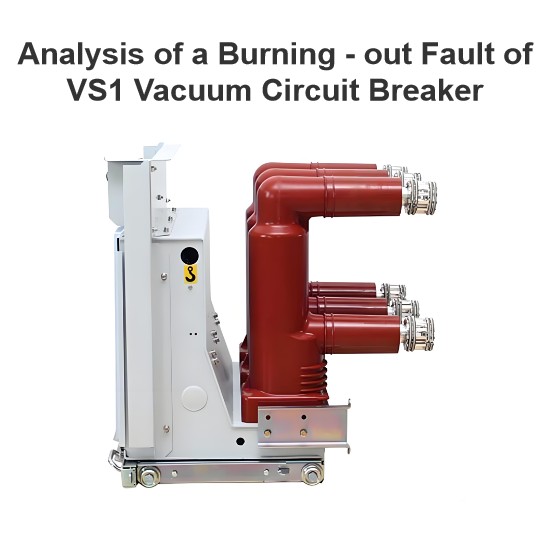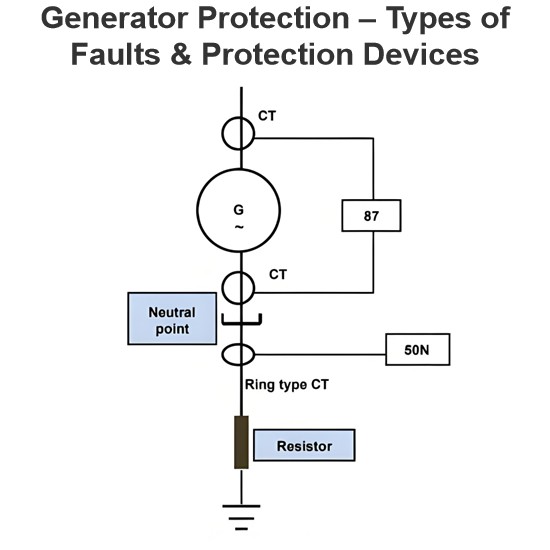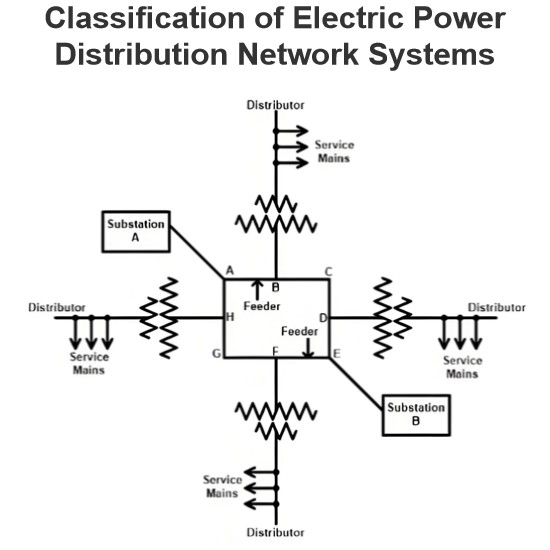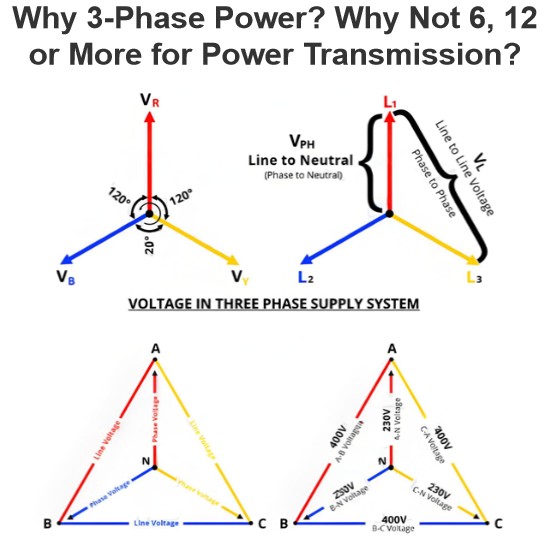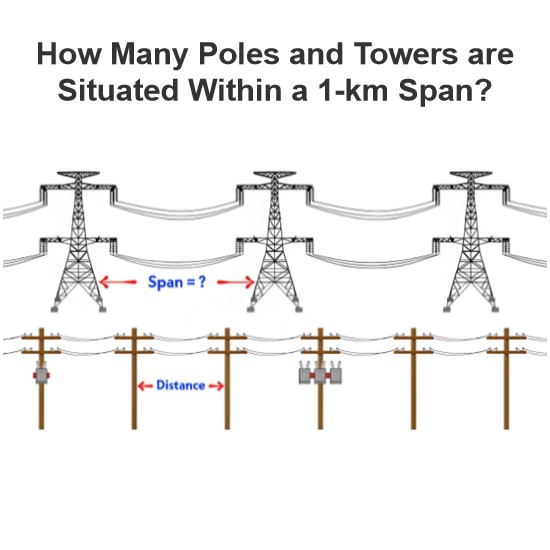| Brand | Schneider |
| Model NO. | MV motor starter with vacuum contactor up to 7.2 kV |
| Rated voltage | 7.2kV |
| Series | Motorpact™ |
General
Description of the basic cubicle
Stand-alone motor starter equipment can be provided with an incoming
cable cubicle.
Each motor starter or transformer feeder consists of four parts separated by metal
sheets or isolating parts and an operating panel (special sections are required
for reduced voltage starters).
Operating conditions
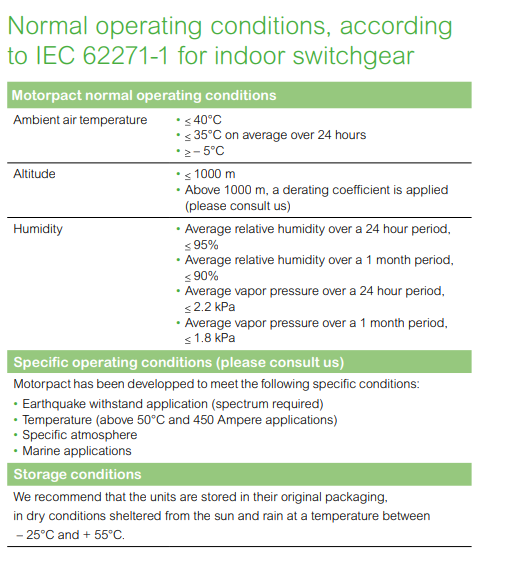
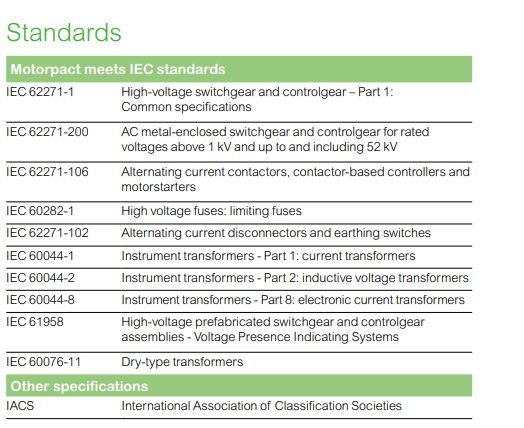
Technical characteristics

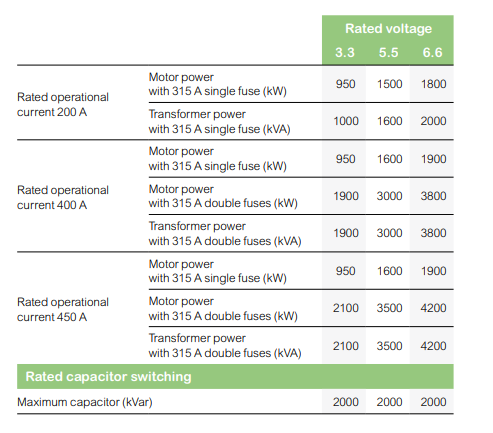
Product Structure


